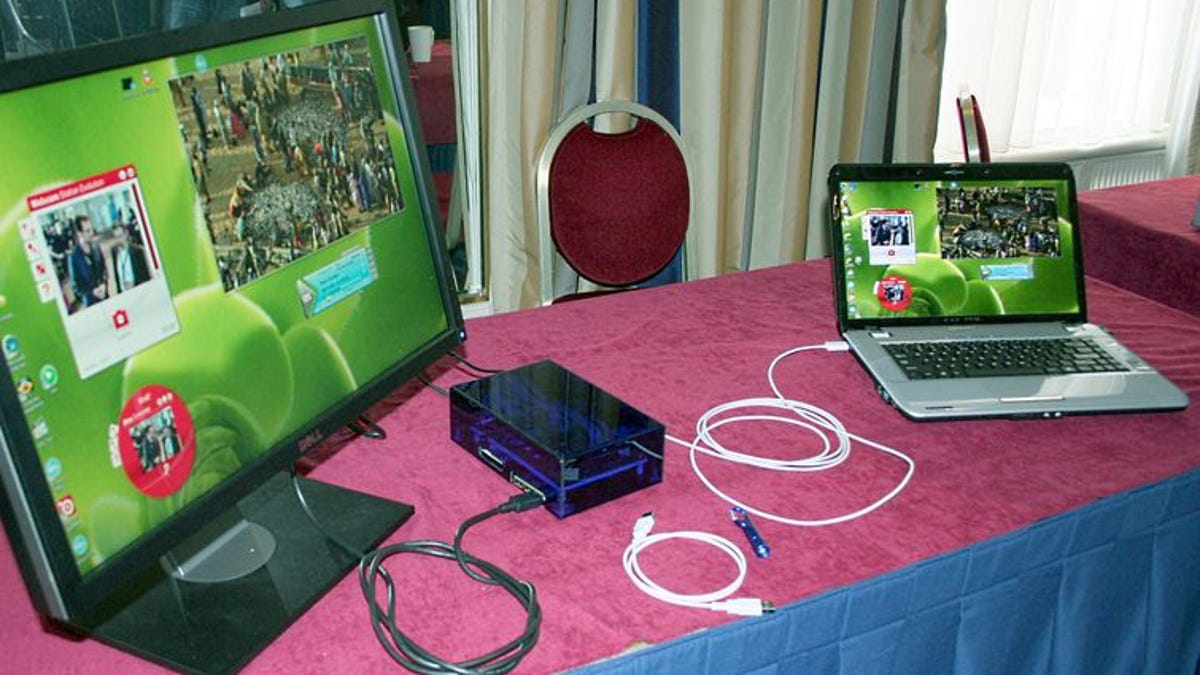Intel shows Light Peak fiber-optic technology in action
Intel debuted the first real-world application of its Light Peak fiber-optic technology at this year's European research showcase in Brussels, Belgium. T
Intel debuted the first real-world application of its Light Peak fiber-optic technology at this year's European research showcase in Brussels, Belgium. The demonstration is the first of many Light Peak hardware products on the horizon for 2010.
Announced in
The demonstration itself consists of a laptop and a Light Peak cable housed within a regular USB cable that sends optical light into the black box you see between the two devices. From there, the black box converts light passing through the cables into electrical data at a rate with no visible lag.
The set up is an early example of how data streams through Light Peak cables, and Intel will eventually license the technology to hardware manufacturers for use without the need for a converter box.
An Intel spokesperson claims that such hardware should be available to manufacturers by the end of 2010.


